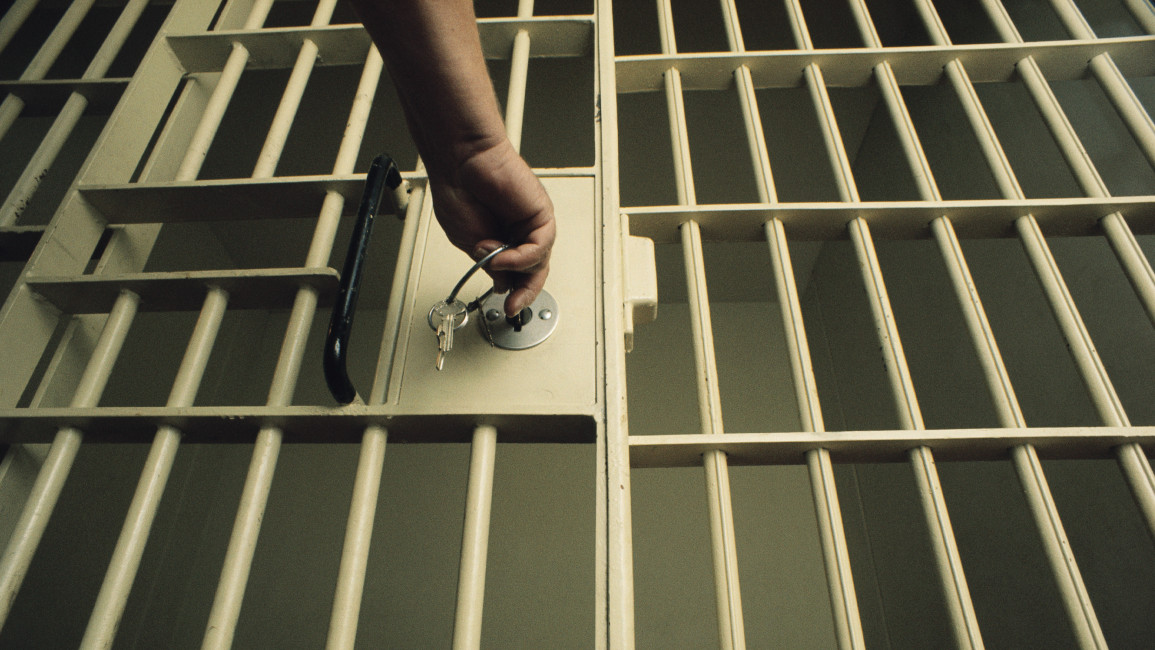Al-Maliki says UN vote on Palestine’s sovereignty over natural resources proves Israel’s isolation

Minister of Foreign Affairs and Expatriates Riyad al-Maliki
RAMALLAH Saturday, November 20, 2021 (WAFA) – Minister of Foreign Affairs and Expatriates Riyad al-Maliki said today that the overwhelming UN vote in favor of a resolution affirming Palestinian sovereignty over their natural resources proves the fact that Israel and those who support it are isolated.
Al-Maliki told the official Voice of Palestine radio that the resolution reaffirms that Israel is violating international law by destroying, exploiting and/or disposing of the Palestinian natural resources, and urged the international community to hold Israel to account for these illegal practices.
Meantime, Al-Maliki described the Israeli occupation's decision to allow visits by Israeli school students to Al-Aqsa Mosque in occupied Jerusalem as "very dangerous", calling on the international community to act against the violations of the Israeli occupation.
Al-Maliki called on the United Nations Educational, Scientific and Cultural Organization (UNESCO) to to dispatch an ad-hoc committee to monitor the Israeli occupation’s violations against the holy sites, prevent any changes and keep the historical and religious status quo there.
Yesterday, al-Maliki praised the vote which affirms the rights of the Palestinian people and their sovereignty over their natural resources, including land, water and energy resources.
The top Palestinian diplomat called on Israel, the occupying power, to “cease the exploitation, damage, cause of loss or depletion and endangerment of the natural resources of the Occupied Palestinian Territory, including East Jerusalem.”
He also called on the international community to "work to compel the occupation to implement international resolutions and to ensure the freedom of the Palestinian people to benefit from their natural resources and their right to demand compensation for exploiting, damaging, losing, depleting or endangering their natural resources.”
M.N
United Nations passes resolution in favor of Palestinians’ sovereignty over their natural resources
November 20, 2021 - 10:21 AM News Code : 1200274 Source : Pars TodayLink:

The United Nations has overwhelmingly adopted a resolution, which grants Palestinians permanent sovereignty over their natural resources in the Israeli-occupied territories, including al-Quds.
The United Nations has overwhelmingly adopted a resolution, which grants Palestinians permanent sovereignty over their natural resources in the Israeli-occupied territories, including al-Quds.
On Thursday, the Economic and Financial Committee of the UN General Assembly, also known as the Second Committee, endorsed a draft resolution entitled “Permanent Sovereignty of the Palestinian People in the Occupied Palestinian Territory, including East al-Quds, and of the Arab population in the occupied Syrian Golan over their natural resources” by 157-7 votes, with 14 abstentions, Palestinian news agency Wafa reported.
The United States, Israel, Canada, Nauru, Micronesia, the Marshall Islands and Palau voted against the motion.
The UN resolution reaffirms that Israel's construction of the Separation Wall and illegal settlements in the occupied West Bank and strategic Syrian Golan Heights constitutes a violation of international law, and deprives Palestinian people of their natural resources.
It demanded the Zionist entity to abide by the decision of the International Court of Justice regarding the illegality of building the apartheid wall.
The resolution went on to demand “that Israel, the occupying power, cease the exploitation, damage, cause of loss or depletion and endangerment of natural resources in the Occupied Palestinian Territory, including East al-Quds, and in the occupied Syrian Golan.”
The resolution also called on the Israeli regime to halt the dumping of all kinds of waste materials and all those by the illegal Zionist settlers in the occupied Palestinian and Syrian territories, which gravely threaten water and land resources of civilian populations, and pose environmental, sanitation and health threats to locals.
It also pointed to the United Nations Security Council Resolution 2334, which was adopted on December 23, 2016, and calls on world states to distinguish in their dealings between Israeli communities and Palestinian lands occupied by Israel.
The resolution then called on the UN Secretary-General António Guterres to present at the next meeting a report on the implementation of the resolution, and the Israeli regime's exploitation of Palestinian natural resources in the occupied territories.
Permanent Observer of Palestine to the United Nations, Riyad Mansour, hailed the resolution for his part, and said the move confirms once again the international community's support for the full rights of the Palestinian nation.
Palestinian Foreign Minister Riyad al-Maliki said, “Voting in favor of this resolution affirms the rights of the Palestinian people and their sovereignty over their natural resources, including land, water and energy resources.”
Maliki called on Israel to “stop exploiting the natural resources in the occupied Palestinian territory.”















